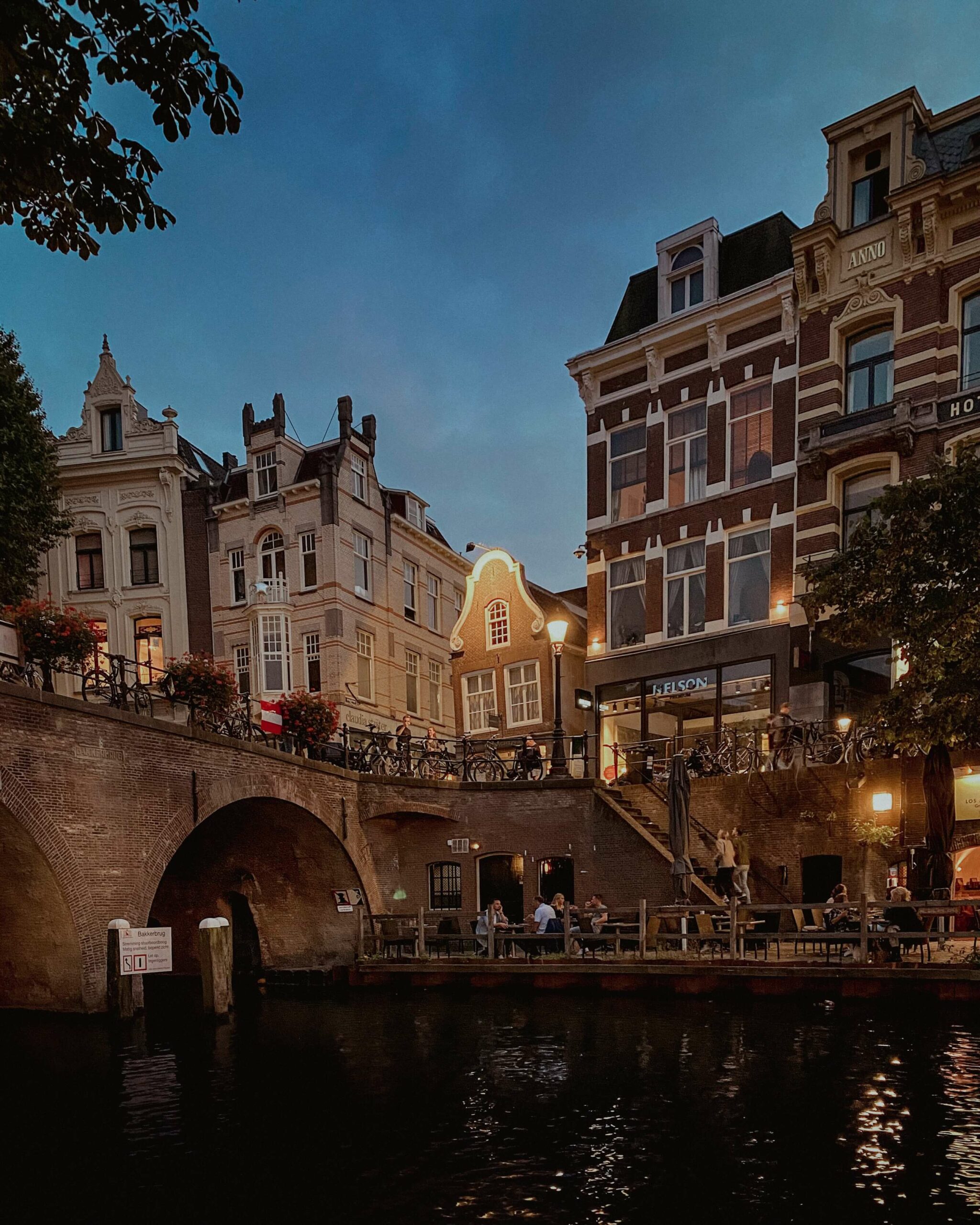Discovering Utrecht's Neo-Gothic Sculptures
In the heart of Utrecht, a city known for its medieval architecture and vibrant canals, lies a lesser-known treasure: the neo-gothic sculptures that adorn its alleyways. These sculptures, often overlooked by the casual passerby, offer a glimpse into the artistic revival of the Gothic style that swept through Europe in the 19th century.
The Origins of Neo-Gothic in Utrecht
The neo-gothic movement in Utrecht began in the late 1800s, inspired by the broader European fascination with medieval architecture. Architects like Pierre Cuypers, known for designing the Rijksmuseum in Amsterdam, played a pivotal role in bringing this style to the city. Cuypers and his contemporaries sought to revive the intricate stonework and dramatic forms of the Gothic era, embedding them into the fabric of modern urban landscapes.
Notable Sculptures and Their Locations

One of the most striking examples of neo-gothic sculpture in Utrecht can be found at the St. Willibrord Church. This church, tucked away on Minrebroederstraat, features an array of gargoyles and grotesques that peer down from its spires. Each sculpture is unique, depicting fantastical creatures and human figures that seem to come alive in the shadows.

Another hidden gem is the series of grotesques on the façade of the former post office on Neude Square. These sculptures, designed by architect Joseph Cuypers, showcase a blend of mythical and natural elements, with creatures that appear to be in mid-transformation.

The Craftsmanship Behind the Sculptures
The creation of these sculptures required skilled artisans who could carve intricate details into stone. Many of the original craftsmen were trained in traditional techniques passed down through generations. The use of local sandstone and limestone was common, materials chosen for their durability and ease of carving.
Preserving Utrecht's Neo-Gothic Heritage
Efforts to preserve these sculptures are ongoing, as exposure to the elements and urban pollution can cause significant wear. Restoration projects often involve meticulous cleaning and repair work, ensuring that these historical artworks remain part of Utrecht's cultural landscape for future generations to appreciate.
Exploring Utrecht's Alleyways
For those interested in exploring these neo-gothic sculptures, a walk through Utrecht's alleyways offers a rewarding experience. Maps highlighting these hidden artworks are available at local tourist centers, guiding visitors through a journey of discovery that reveals the city's rich architectural heritage.










